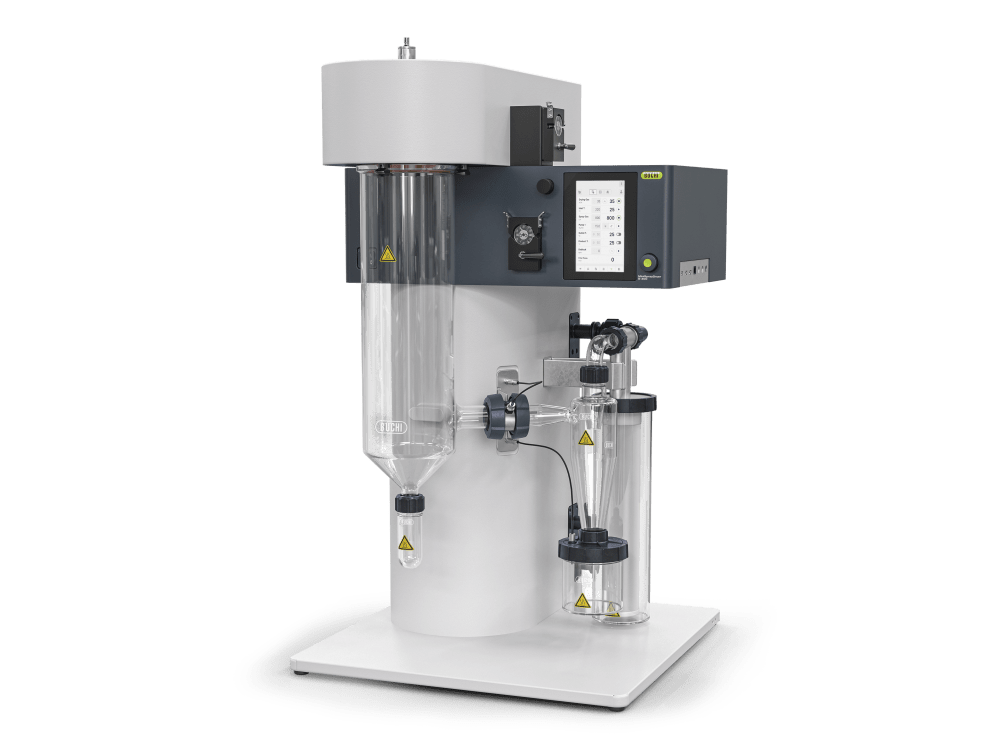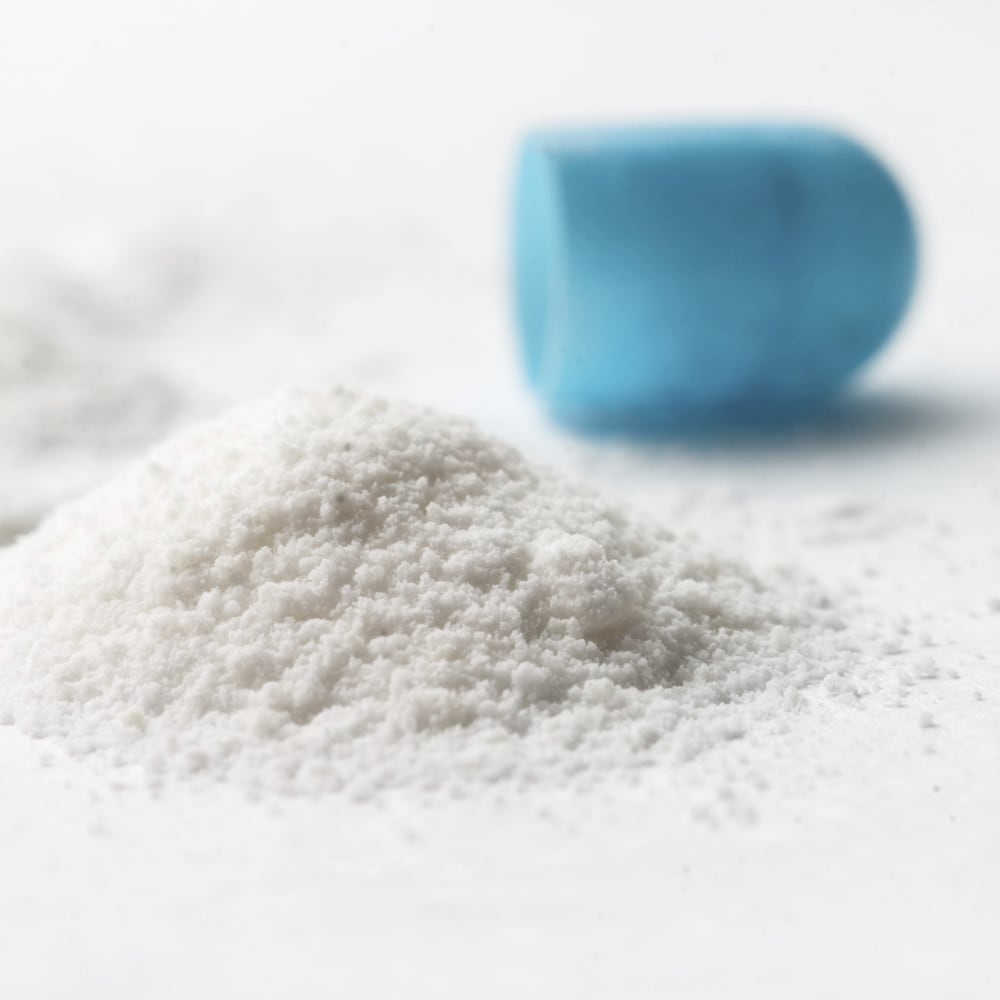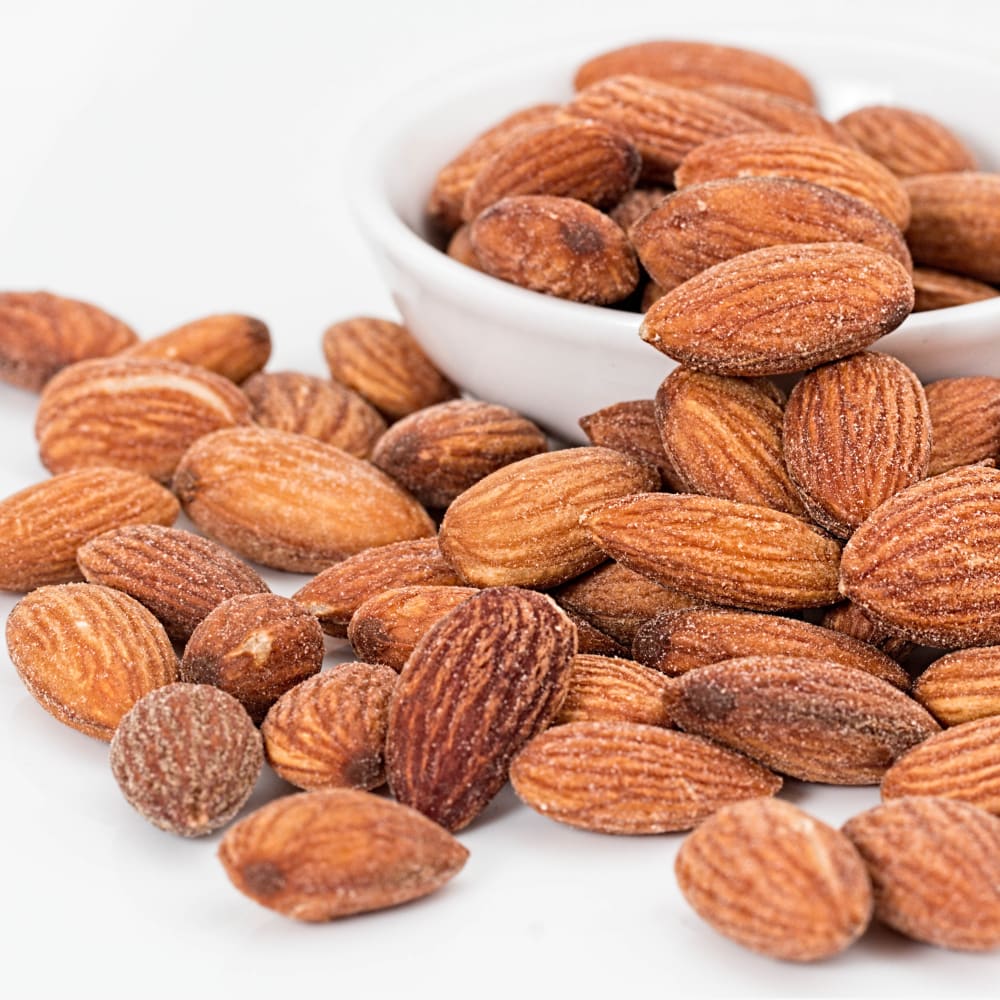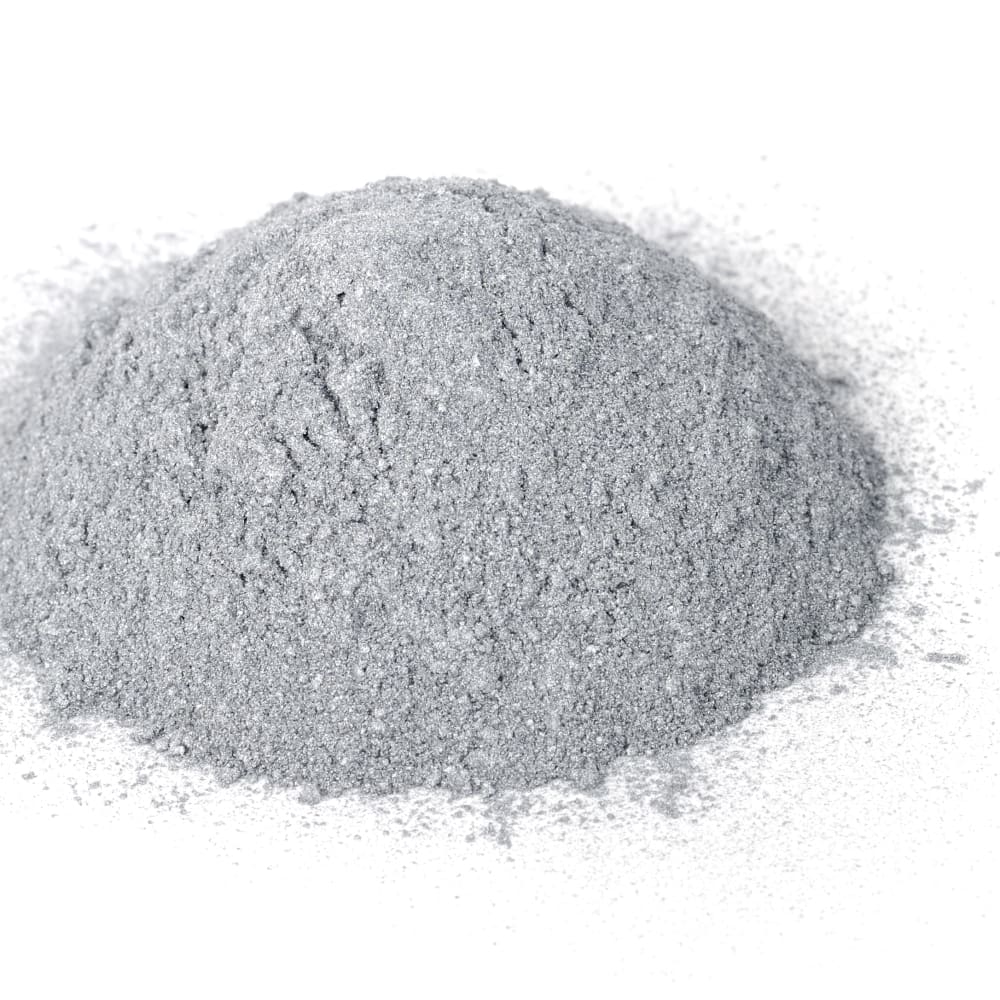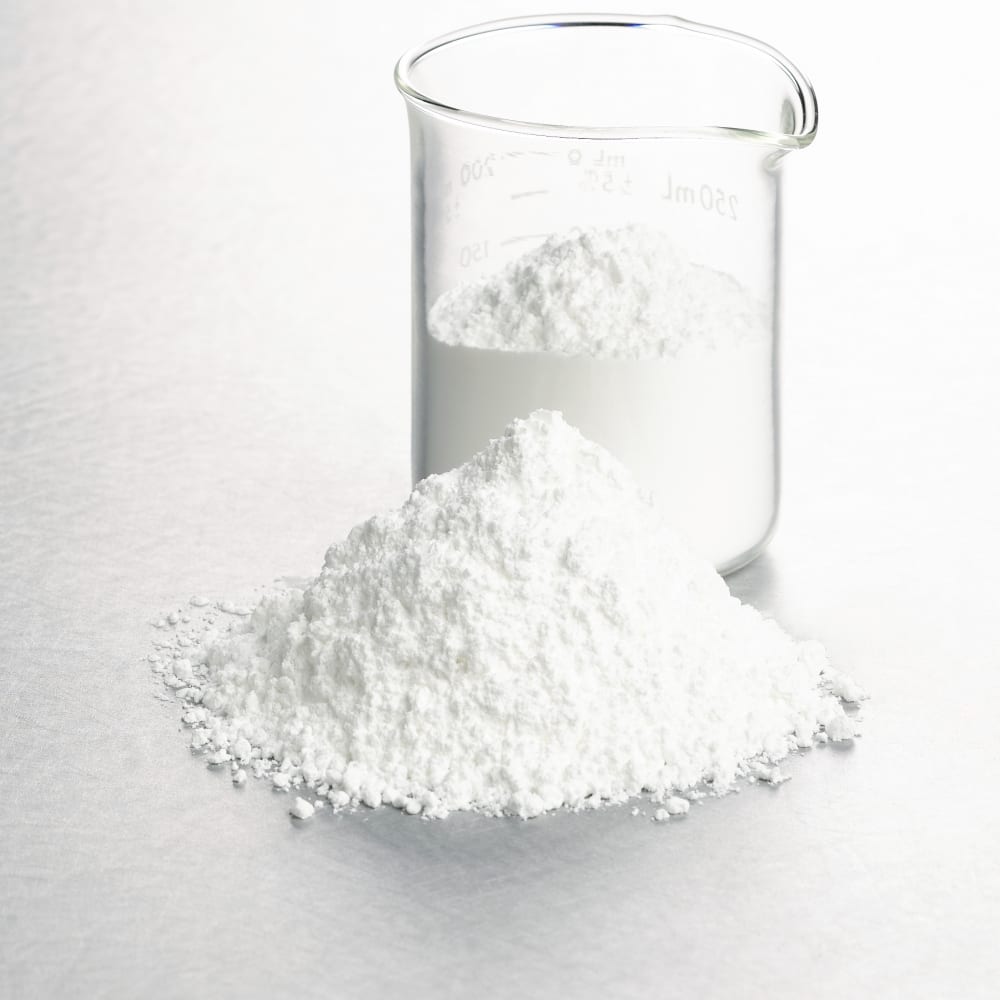Spray Drying of Pigment
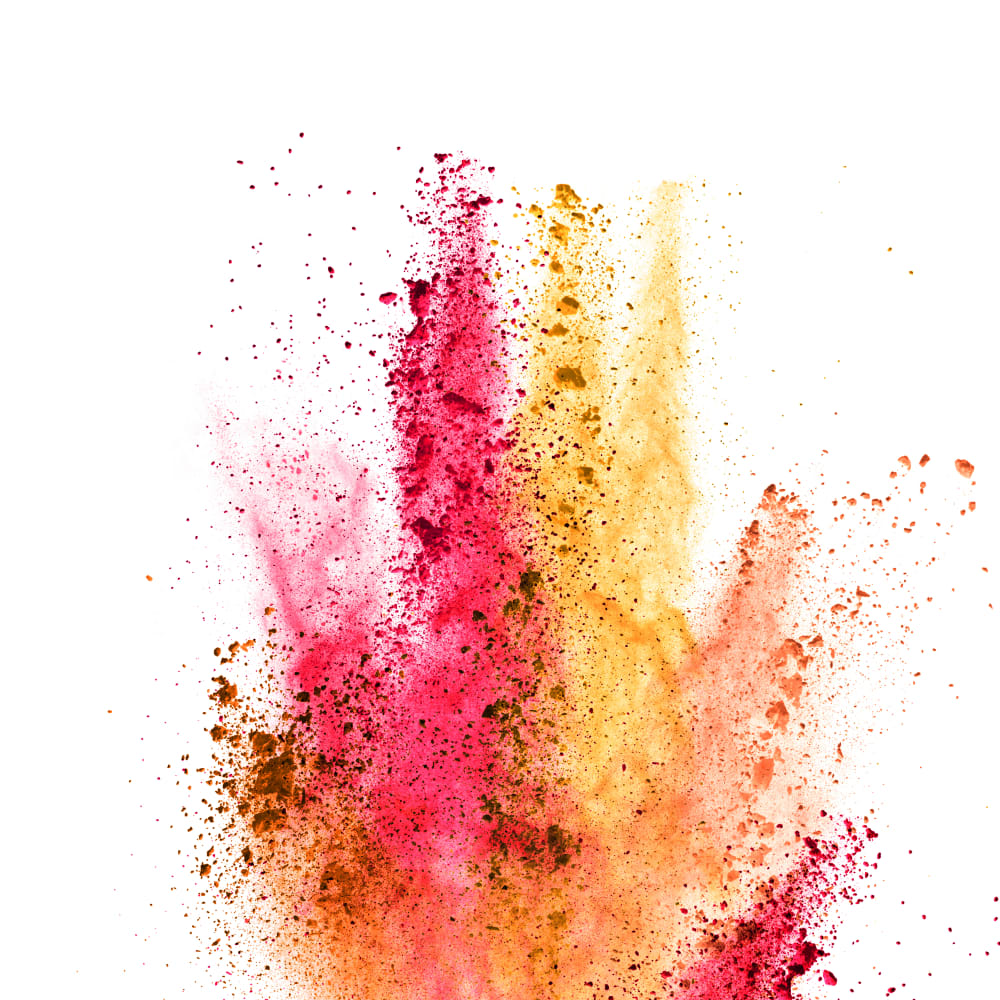
Spray drying is a commonly used technique for the production of pigments in various industries. Pigments are used in a wide range of applications, including paints, inks, cosmetics, and plastics. Spray drying of pigments involves the production of fine powders by converting liquid pigments into solid particles using a spray dryer. The process involves atomizing the liquid pigment into small droplets that are rapidly dried in a hot gas stream, resulting in the formation of fine powder particles.
The advantages of spray drying for pigment production include improved dispersion and flow properties, reduced caking and agglomeration, and increased shelf life. The process also allows for precise control of particle size and morphology, which can affect the properties and performance of the final product.
Some examples of pigments produced using spray drying include titanium dioxide, iron oxide, and carbon black. These pigments are used in a wide range of applications, including automotive coatings, plastic colorants, and inkjet inks.
Please see the application note No. 610 for starting parameters and some results.
